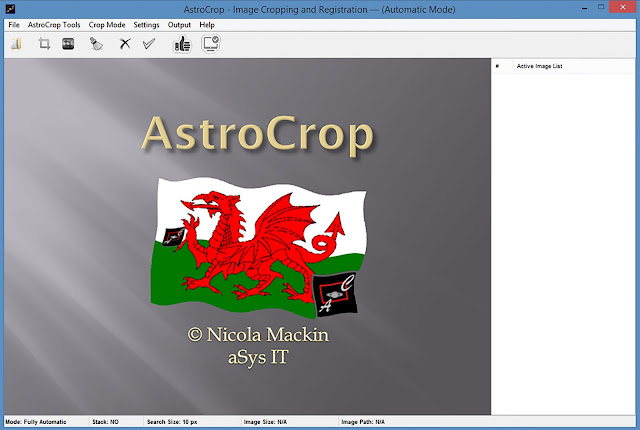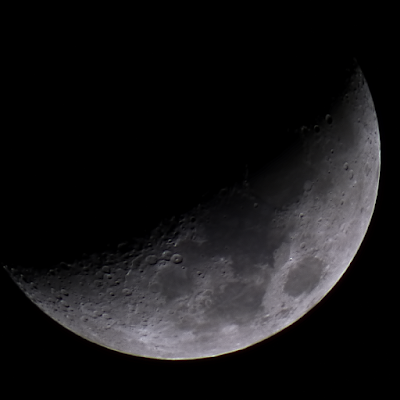Click on any image to see a closer view
The following will show a workflow (that is not absolutely rigid) but will work. Practice and you will master it.
Open your autosave.tif in Siril
Click on Image Processin and Background extractio
Pull the sliders from the left and right and Click apply
We now have an image with the nebulae showing and the background darkish
Select Image Processing and Star Processing
Select Star Recomposition
You will be presented with two charts that are empty, the left one is for Background Stretch Parameters and the right one is for Star Stretch Parameters.
Repeat. The idea is to darken the background a bit and to brighten the nebula a bit. Finish by pulling the left slider up the the histogram and click Apply
When the Star removal stage was done, the computer stored the starless image and the starmask (stars) images probably in your pictures folder.
To load the starless data and the starmask data into the Star Recomposition dialogue click on the two folder symbols to the right of the words None.
This will put both he starless background and the stars back together in the image on the left. However, they can be adjusted independently. The sliders should be pulled for each control until the background looks OK and the stars are bright enough, but not too overwhelming. You may want to click Apply and stretch one or the other, or both some more. When you have done, click Close.
You may want to use Image Processing and Histogram Transformations again at this stage clicking Apply to set the effect.
Finish with the left slider up against the edge of the histogram Click Apply to set the effect.
You might want to gently apply some colour saturation
Then, at the top of the Window Click on Save as a different filename and give it a sensible name
It can still be saved as a 32 bit image
Once saved, it can be opened in the Gimp for some last tweeking and to reduce its bit depth.
REMEMBER when you open a colour FITs file in Gimp to click on the NAXIS as shown in the image below or it will not be a colour image.
Here the Levels are being adjusted to darken the background a bit and increase the mid tones a bit
Now we change the bit depth to 8 bits
Making sure the Perceptual gamma is selected, click on Convert.
Click on Export as and choose a sensible filename and type .png is best as you can make it uncompressed
Make sure that the result is going into the folder you want, and most importantly, make sure that compression is set to zero, you will see that you can save this as default so your png files will always be uncompressed.
Your final image
This has been to show a workflow that will take stars away, allow the starless image to be manipulated and then the stars put back to any extent you want. It also shows that Gimp can and should be used at the end for final tweaking and to get the final image in the right format: 8 bit, png with a sensible name, in a folder where you can find it.
.png)
.png)
.png)
.png)
.png)
.png)
.png)
.png)
.png)
.png)
.png)
.png)
.png)
.png)
.png)
.png)
.png)
.png)
.png)
.png)
.png)
.png)
.png)
.png)
.png)
.png)
.png)
.png)
.png)
.png)
.png)
.png)
.png)
.png)
.png)
.png)
.png)



















